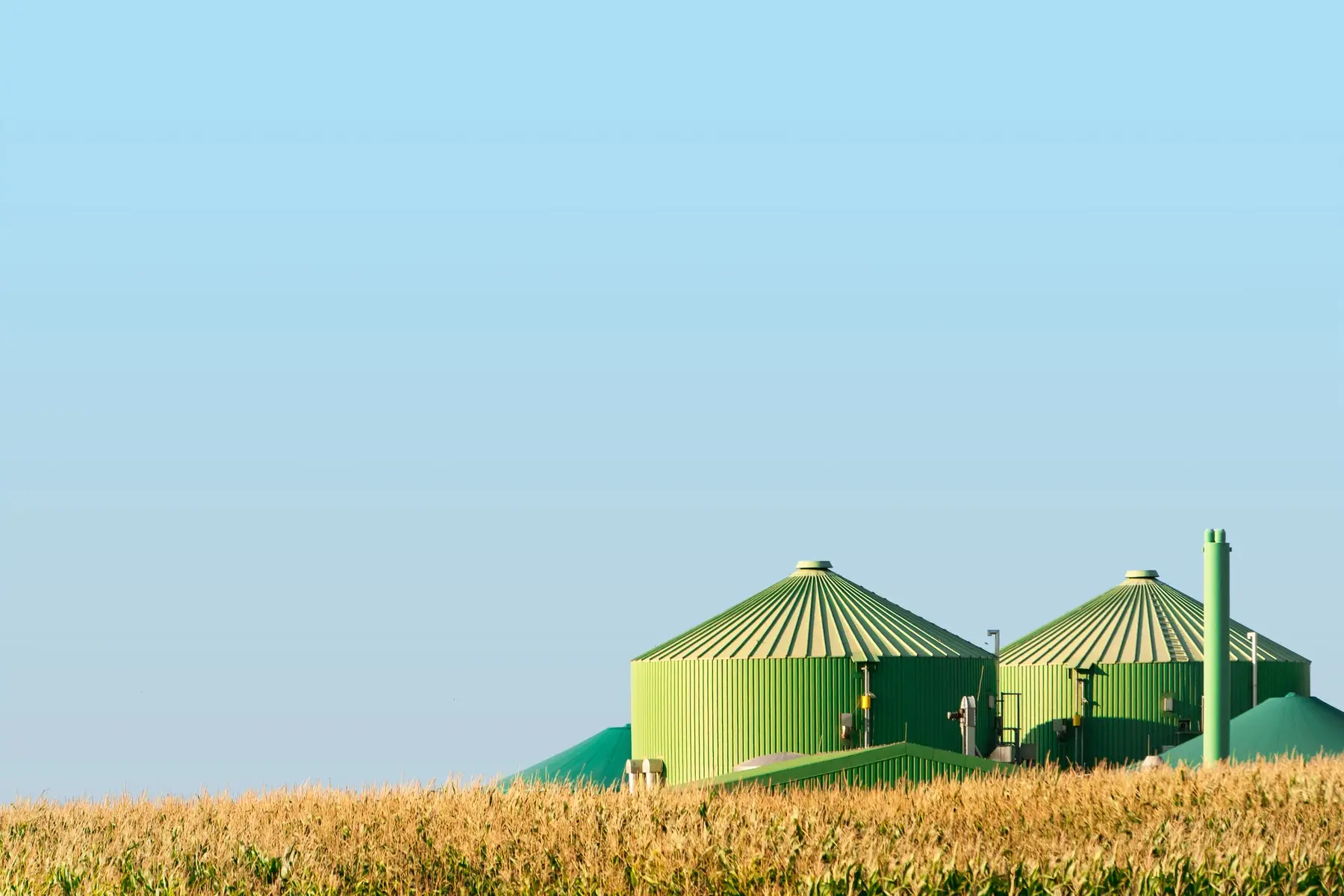In Oct 2021, a widespread protest was reported in Pakistan’s national media following the incident of illegal cutting of five Pine trees in Kalam, a famous tourist area in Khyber Pukhtoon Khwah province of Pakistan. These trees were grown on the provincial forest department’s land and couldn’t be chopped off without a cover-up of the forest officers. Residents of Kalam opposed the illegal cutting and demanded action. Three culprits were arrested and the concerned authorities also imposed a heavy fine.
The incident occurred close to the main road that connects Kalam and Bahrain, where around 50-year-old trees were chopped off with heavy machinery. If not immediately brought into notice, more trees in the vicinity were brutally erased.
These thousand-year-old pine forests play a vital role in the several oldest ecosystems of the region. Kalam and the adjoining areas are natural habitats and are believed to be the hub of different species of Pine.
During the last decade, the illegal cutting of trees in Kalam’s forests has grown to an extent. The residents are forced to rely on forest wood due to poverty and lack of employment resources. Consequently, the negative impacts of deforestation are evident on the region’s ecosystem. The annual precipitation rate has declined with a brief snowfall season.
Globally, the industrial revolution and excessive emission of greenhouse gases have accelerated environmental degradation. Pakistan is among the few countries in South Asia highly vulnerable due to climate changes. Statistics show that Pakistan contributes only 0.72% of global emissions of greenhouse gases. Nevertheless, the rate of natural disasters in Pakistan has increased during the last two decades and seems invincible.
The primary cause of widespread climate change in Pakistan is massive deforestation. Environmentalists stress that approx. 25% area of a country should cover with forests. Unfortunately, this area has shrunk to only 4% in Pakistan due to massive deforestation.
According to the World Food and Agriculture Organization report released in 2015, Pakistan’s forests are shrinking 2.1% annually, and about 42,000 acres are being lost each year. The country’s demand for timber is more than three times its potential supply, and about 66,700 acres of public-owned forests are being lost each year at an average rate.
Energy Crisis in Pakistan
Pakistan is currently going through a severe energy crisis. Around 68% of the country’s population, specifically in rural areas, relies on wood and coal for fueling. Better fueling resources such as gas and electricity are accessible to urban parts. Still, massive deforestation for urbanization and growing industries near thickly populated areas negatively impacts ecosystems and threatens the lives of residents.

Pakistan has been working on several Coal-Fired Power Plant (CFPP) projects under China-Pakistan Economic Corridor (CPEC) to productively deal with the energy crisis. These coal-fired power plants are under heavy protest due to their huge capacity to damage the environment. Nations are shutting down CFPPs to minimize carbon and other greenhouse gas emissions. Pakistan’s government has also announced not to further work on these projects in the future.
What should be the coping mechanism?
Pakistan faces a severe green emergency that has adverse effects on its economy. Due to low precipitation, agriculture, industries, fisheries, and several other sectors have been facing hard for a long, and the pandemic has overburdened its economy.
In the facade of climate change, providing reliable renewable energy supplies to its population is the biggest challenge for Pakistan’s government. Pakistan needs financial assistance from developed countries to work on renewable energy projects.
Does bioenergy provide an alternate amid climate emergency?
Over the past ten years, several counties have been working on significant research projects to introduce more sustainable energy resources, and bioenergy is one of them.
Substantive pieces of evidence exist that bioenergy cropping systems can bring multiple benefits and offset environmental degradation associated with fossil fuels usage. They also help to improve food production and urbanization.
Timothy D. Searchinger is, a senior research scholar at the Center for Policy Research on Energy and the Environment at Princeton University, argued about bioenergy in a session organized by National Press Foundation Washington.
He said that “wood pellets produce more greenhouse gases than fossil fuels, as carbon is emitted when the wood is harvested, pelletized, shipped, and burned. Globally, the wood pellet industry has emerged over the past two decades. Several companies use each part of trees and process them into small pellets. These pellets are shipped to plants where they are further processed to generate electricity.”

“Experts say that while biomass is voiced as renewable, burning wood pellets releases more carbon dioxide than burning natural gas. Besides the actual burning, carbon dioxide is also released during harvesting, drying, debarking, pelletizing, and transportation. “The whole process emits more carbon than burning fossil fuels in plants,”
Timothy further exemplified that the wood-pellets industry promises to promote sustainable forests as trees store carbon. It means that in growing more trees, the carbon lost during the harvest-to-burn cycle eventually comes back.
Enviva is a significant player in the wood pellets industry in the US; their 2020 sustainability report claims that they strive to create a market for low-value wood that uplifts healthy forest stewardship and creates new incentives for forest landowners to replant and keep their land as forest.
Talking about Pakistan, it has not been decided yet which renewable resource would prioritize after closing CFPPs. Pervez Amir, a prominent Pakistani environmental economist, says that “Pakistan spends only 1% of its annual budget on the environment. Recently, the ministry of the environment has merged with the ministry of climate change that is entirely separate entities and requires separate budget allocation amid climate emergency.”
He further says that Pakistan has undoubtedly done a lot to save ecosystems and seal widespread climate changes in the last two decades. We lack the most in a practical climate change policy and proper budget allocation for establishing a country-wide disaster management system.
What does future hold for us?
Renewable energy is the best option for averting the most destructive effects of climate change on the national economy. Globally, during the last decades, the growth of renewable energy resources has outpaced that of nonrenewable. While solar and wind energies are blazing new trails, they are not enough to meet the global demands, and nations are forced to rely on bioenergy.
A decade ago, bioenergy was seen as an ideal candidate to minimize the global energy supply gaps. But its development has stalled for multiple reasons. The incentive to scale it up led to the rapid conversion of invaluable virgin land. Tropical forests and other vital ecosystems are transformed into biofuel production zones, creating new threats to food insecurity, water scarcity, biodiversity loss, land degradation, and massive deforestation.
Meanwhile, a few other research analyses revealed that the biofuel farms that are appropriately placed and fully integrated with other activities in the landscape could be sustained ecologically.
Peg Putt is a coordinator to a working group on forests, climate, and bioenergy, ‘Environmental Paper Network’. She said that the past decade had seen a doubling of biomass energy supply and a quadrupling of pellet production. More growth is coming: a projected 270% increase in biomass demand over the next decade. The U.S. and Canada are significant wood pellets suppliers; Russia, Vietnam, Australia, and other nations are expected to join in.
Putt said that it poses new challenges, as harvests will increasingly be not from biomass “waste” but from longstanding forests that are diverse and carbon-rich. We have to be very careful in our future-fuel choices because the planet’s natural ecosystems are at the snipping point due to wild human activities and inconvincible greed. It may not survive with further new experiments.

Saadeqa Khan is the founder, CEO, & Editor-in-Chief of Scientia Pakistan. She’s a member of the Oxford Climate Journalism Network (Second Cohort) and NASW. Saadeqa is a fellow of NPF Washington, The Falling Walls Foundation, and the Science Journalism Forum. Saadeqa has won several international journalism grants and awards for her reports.

